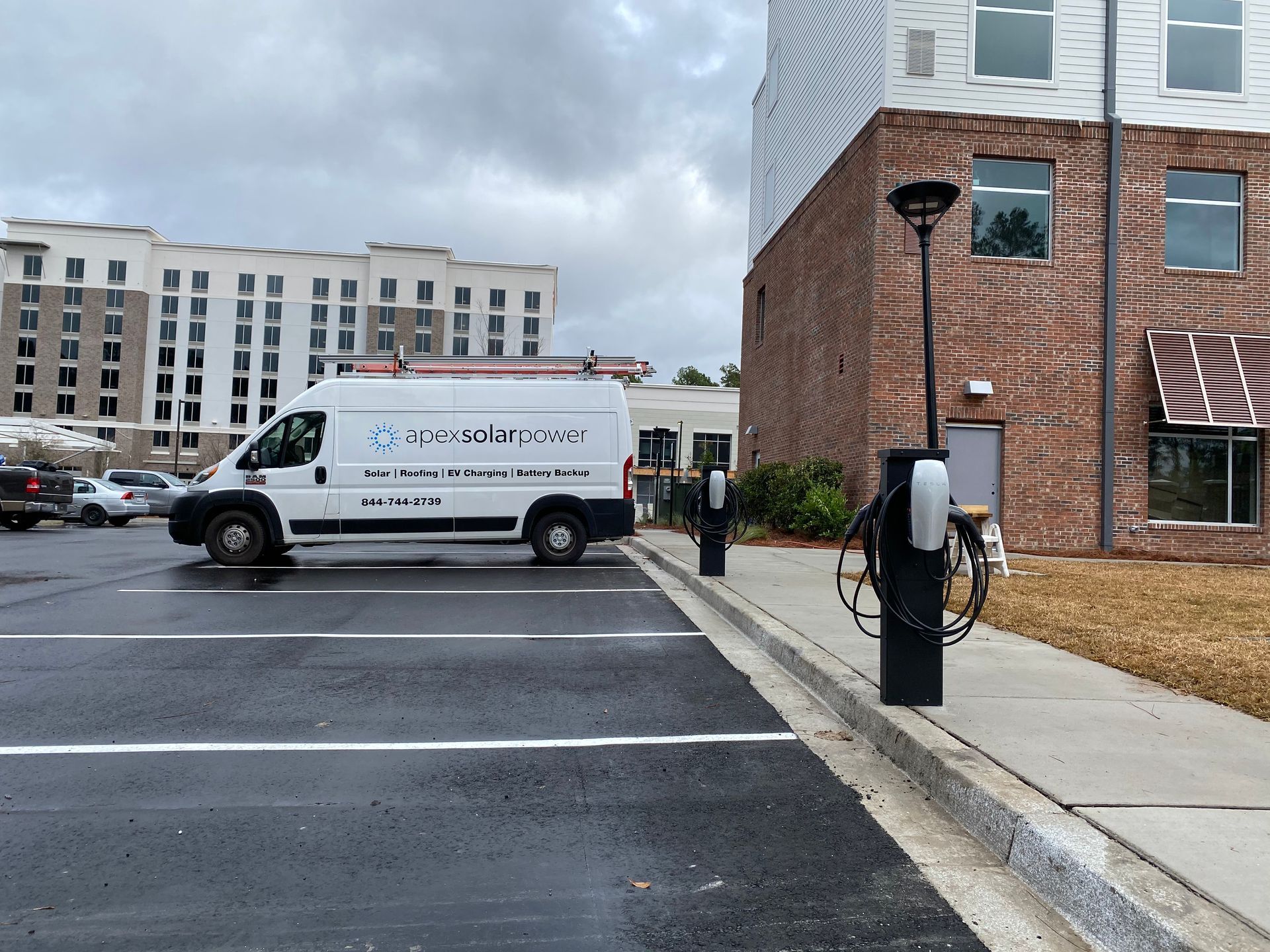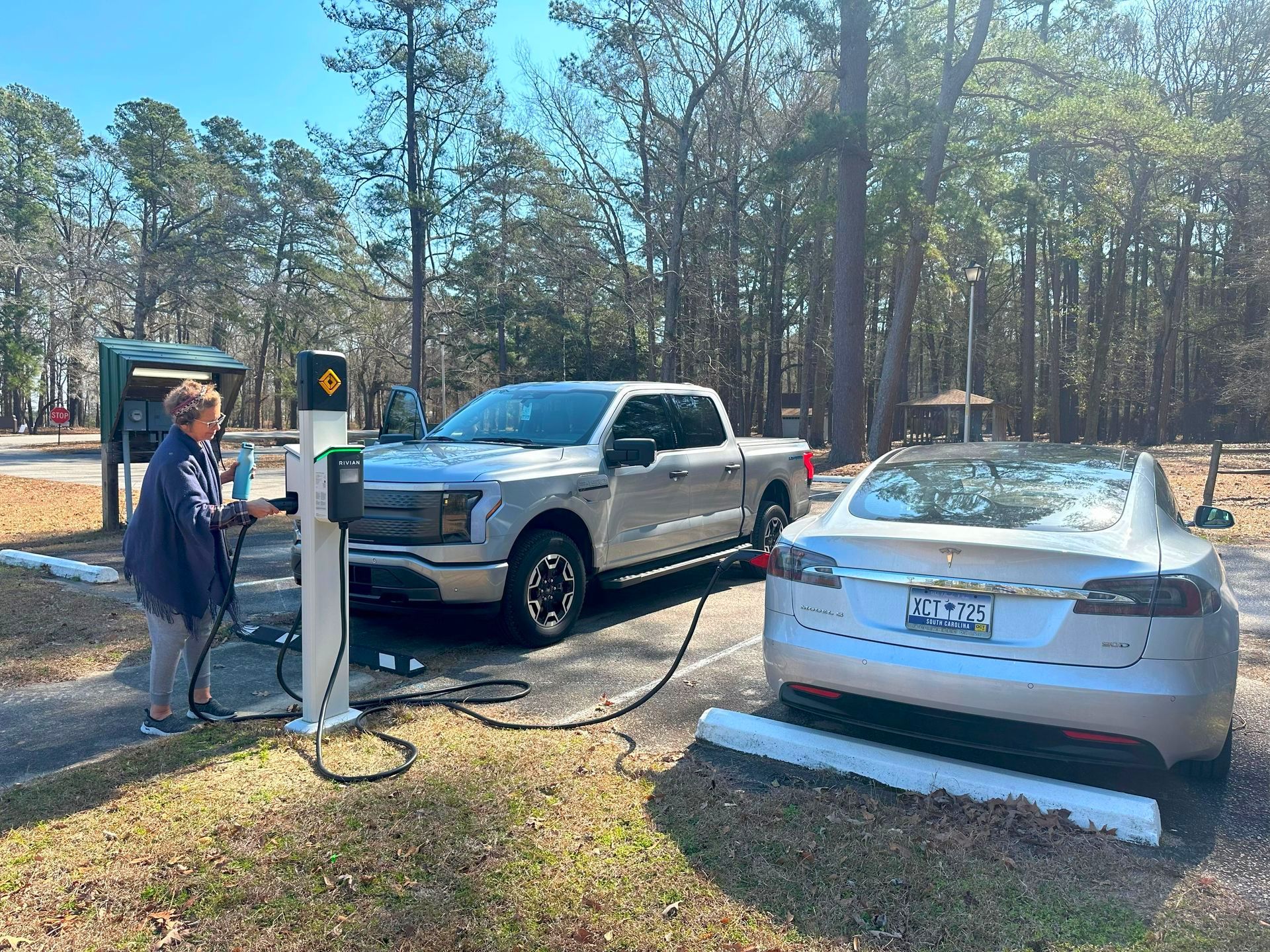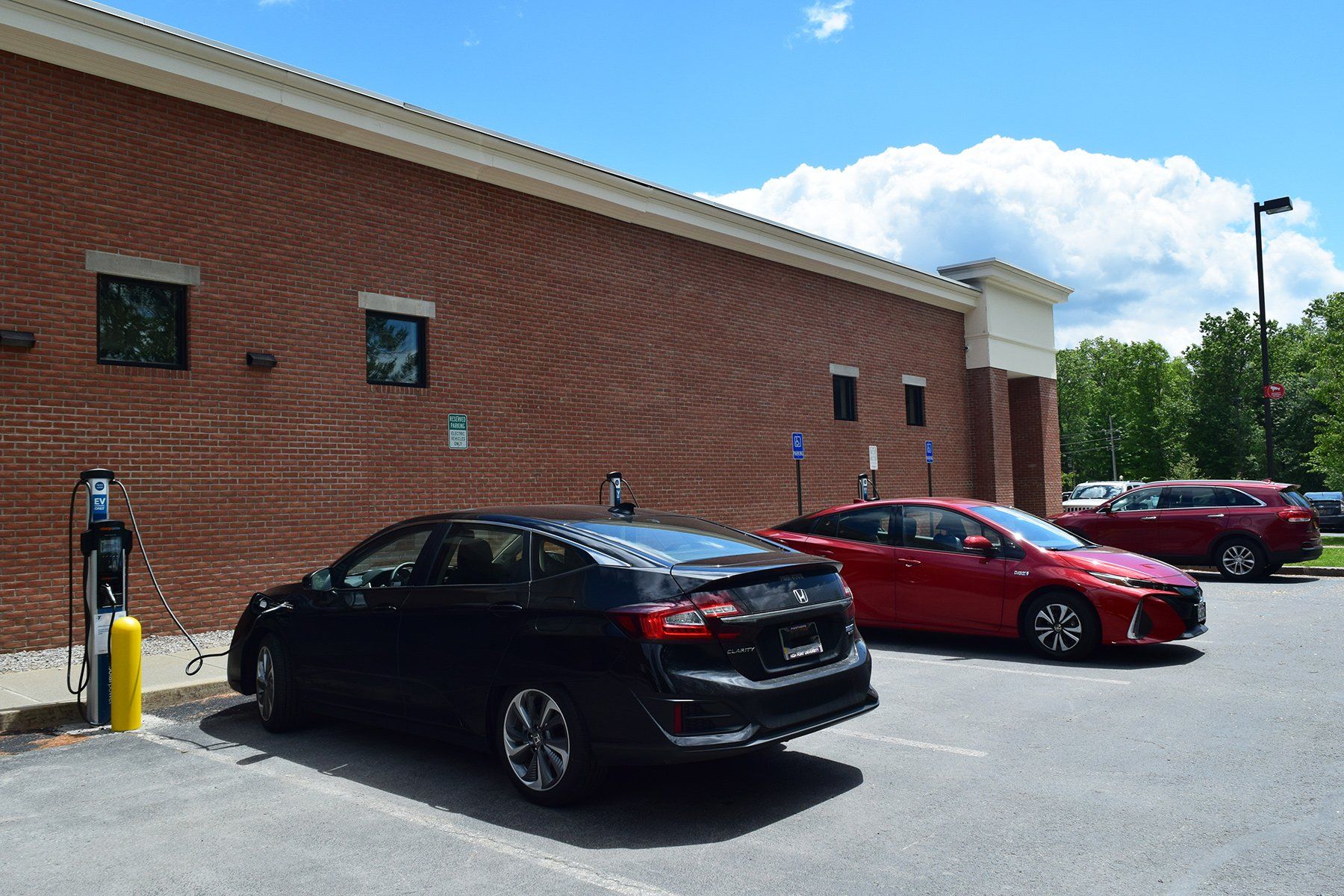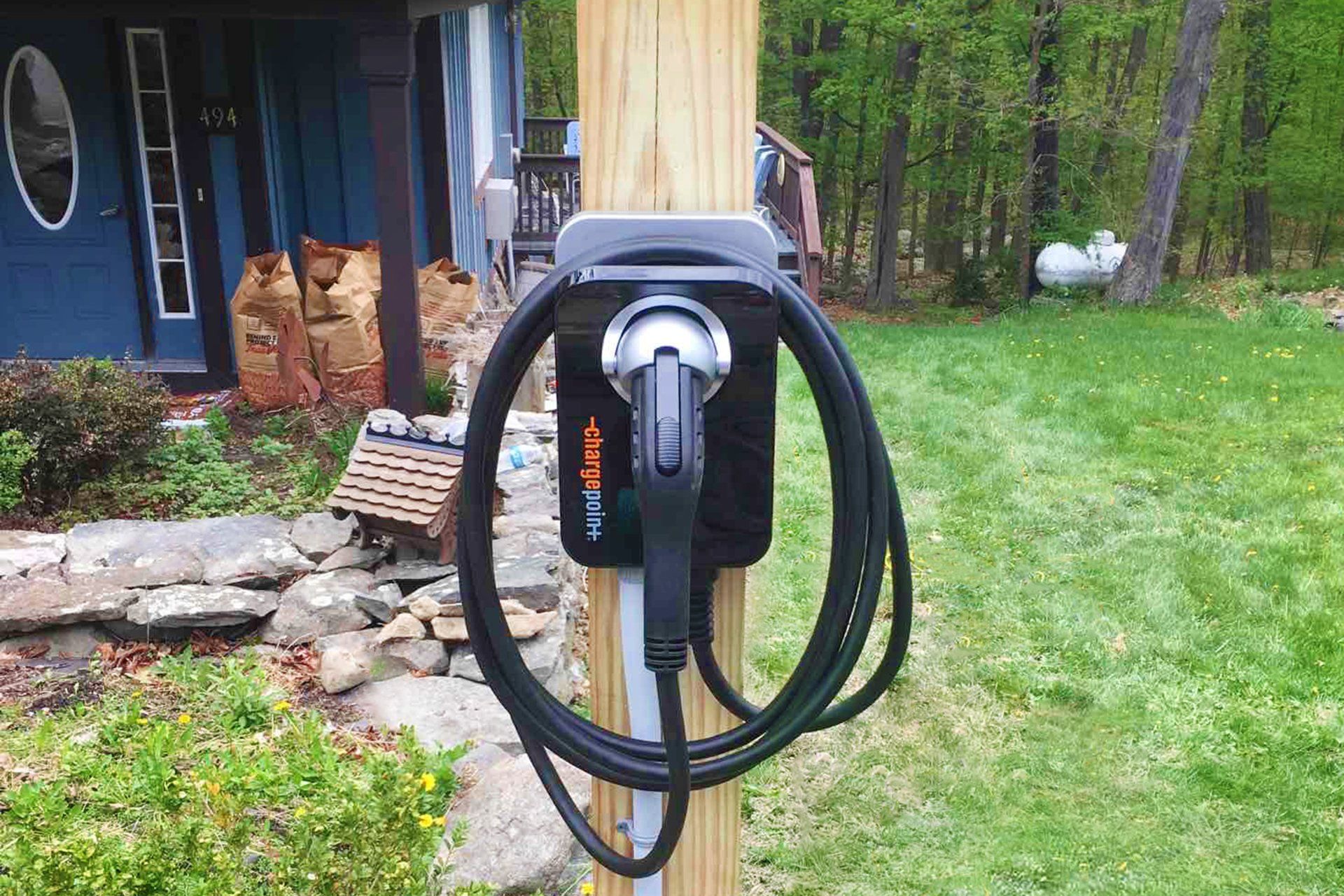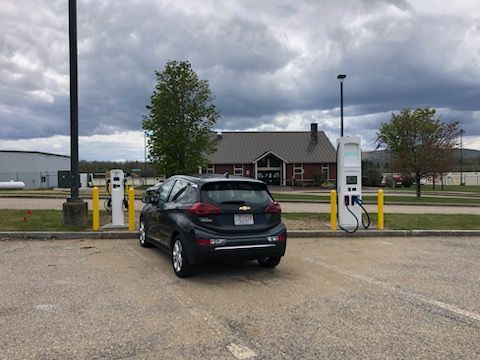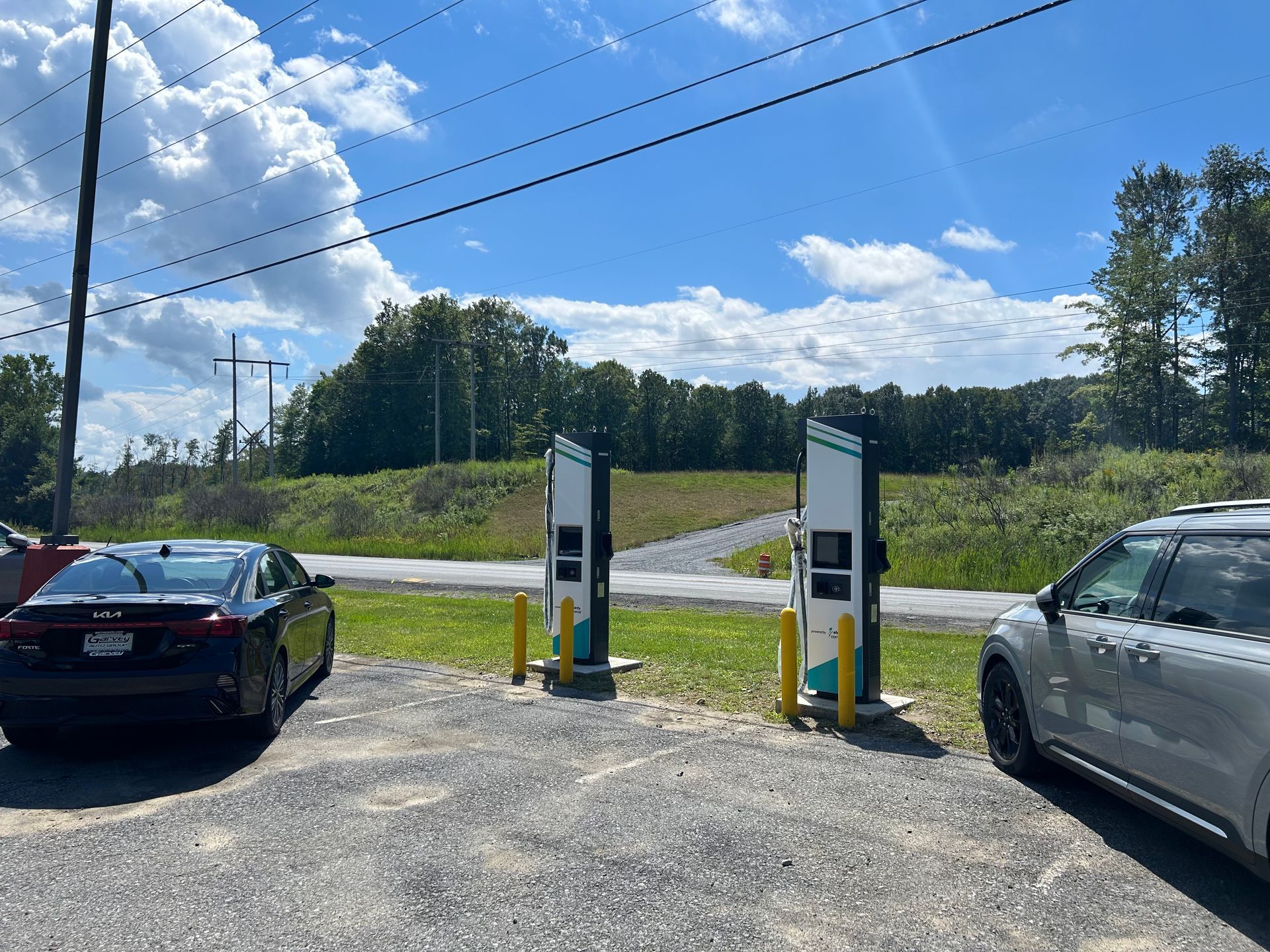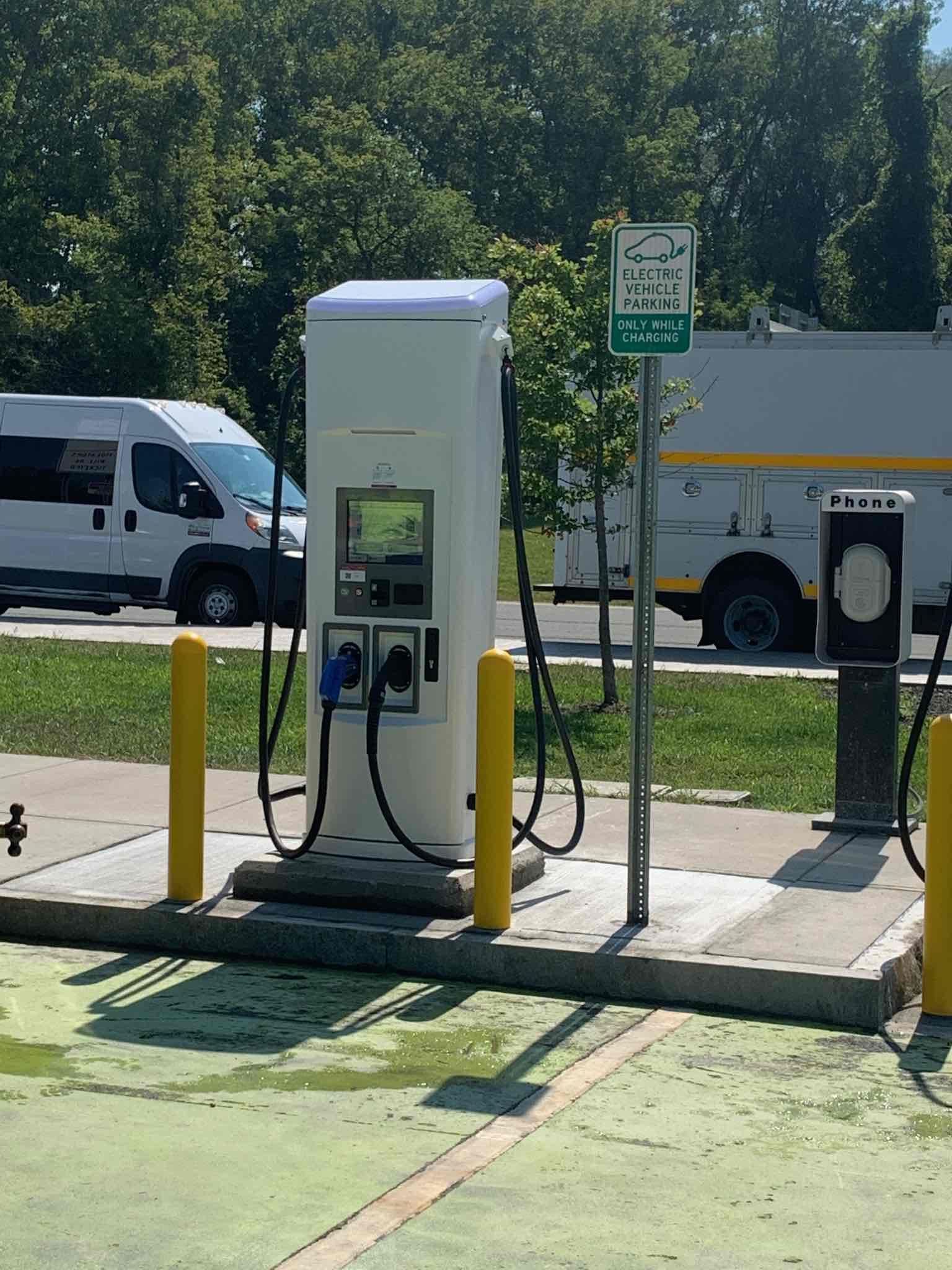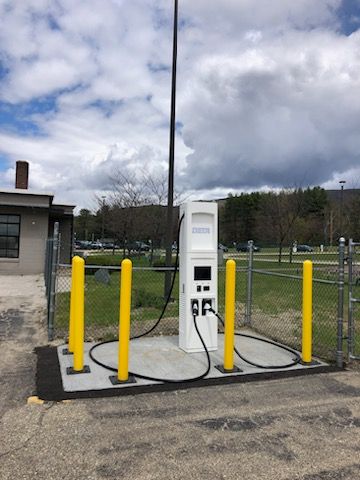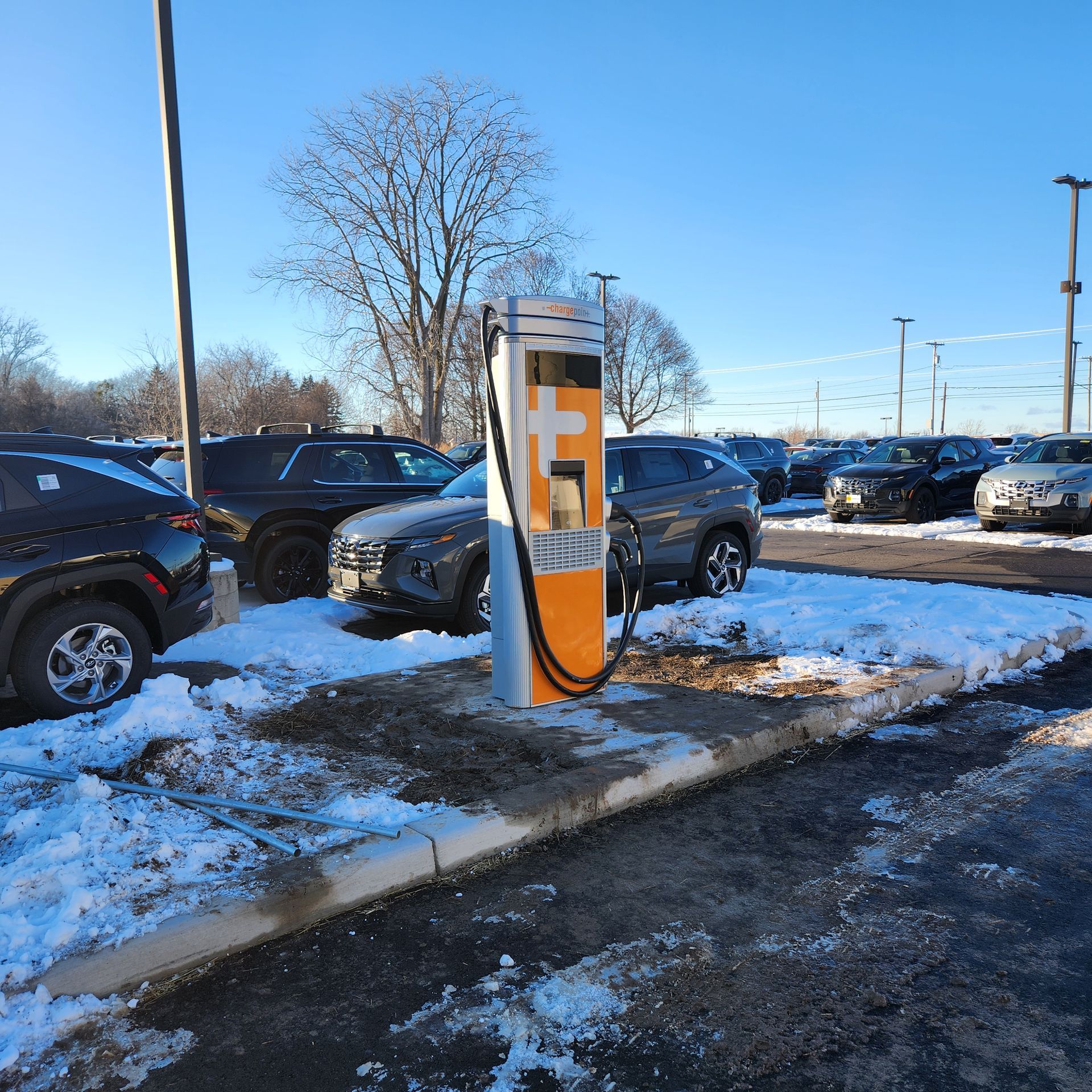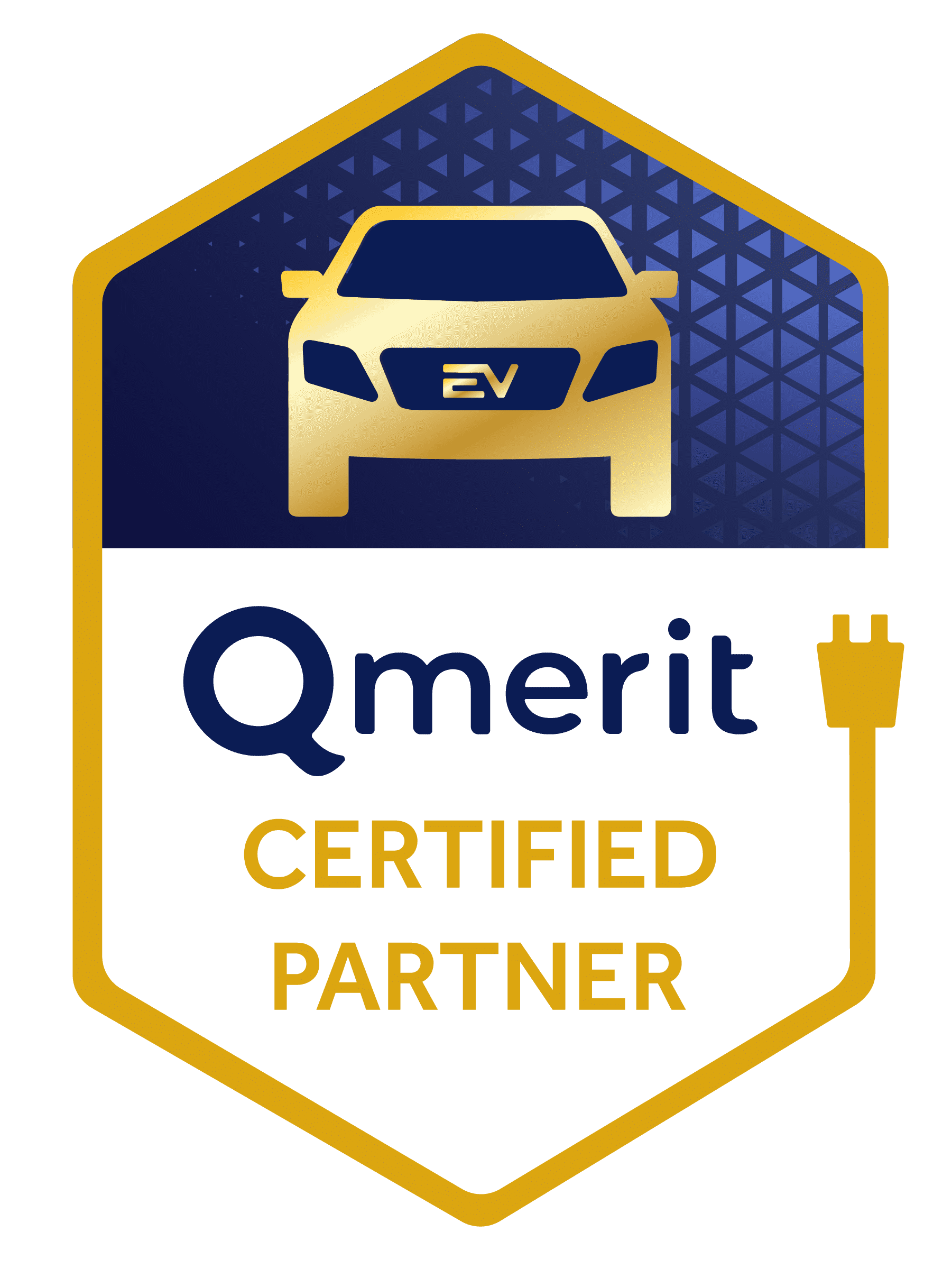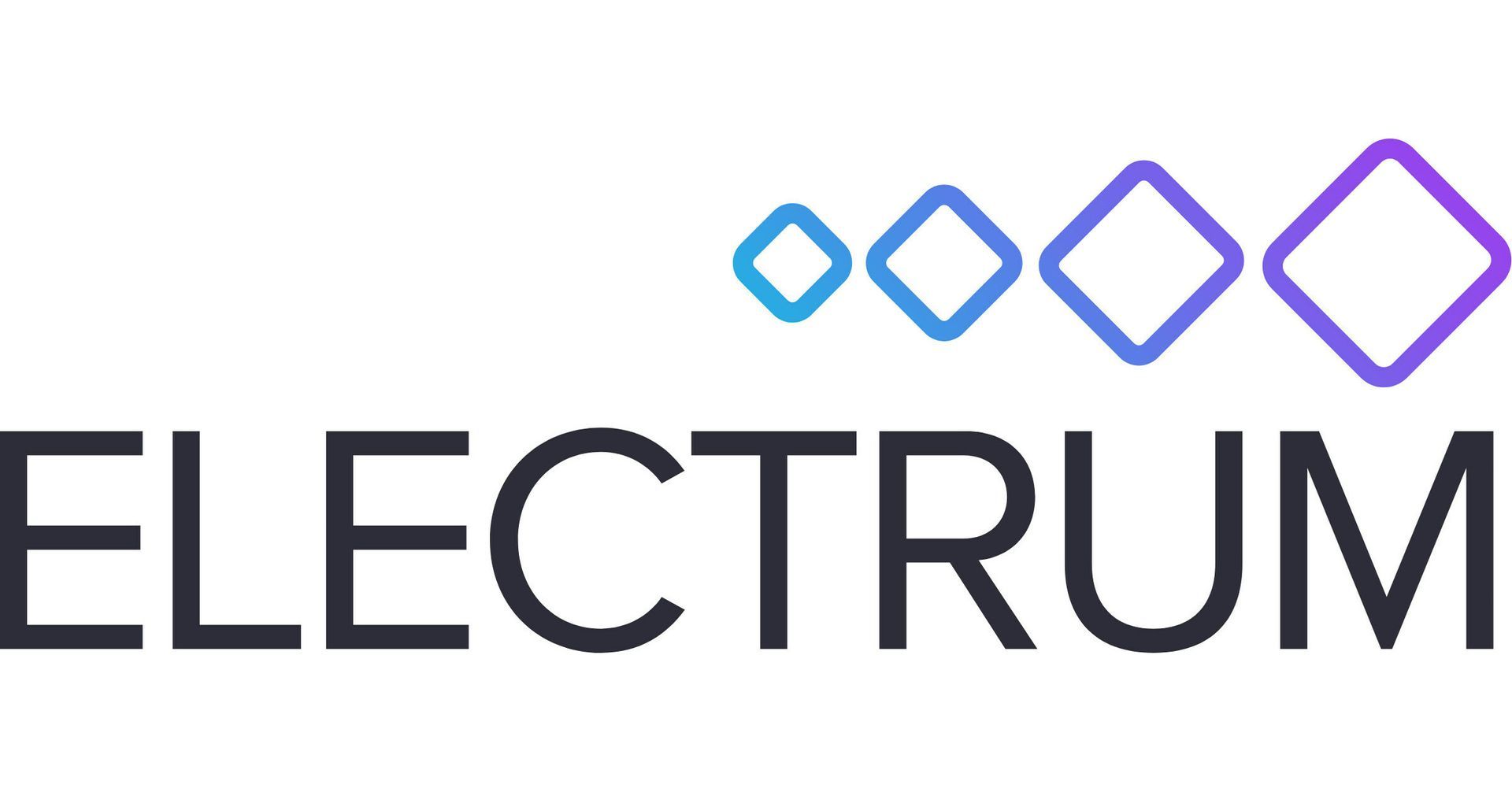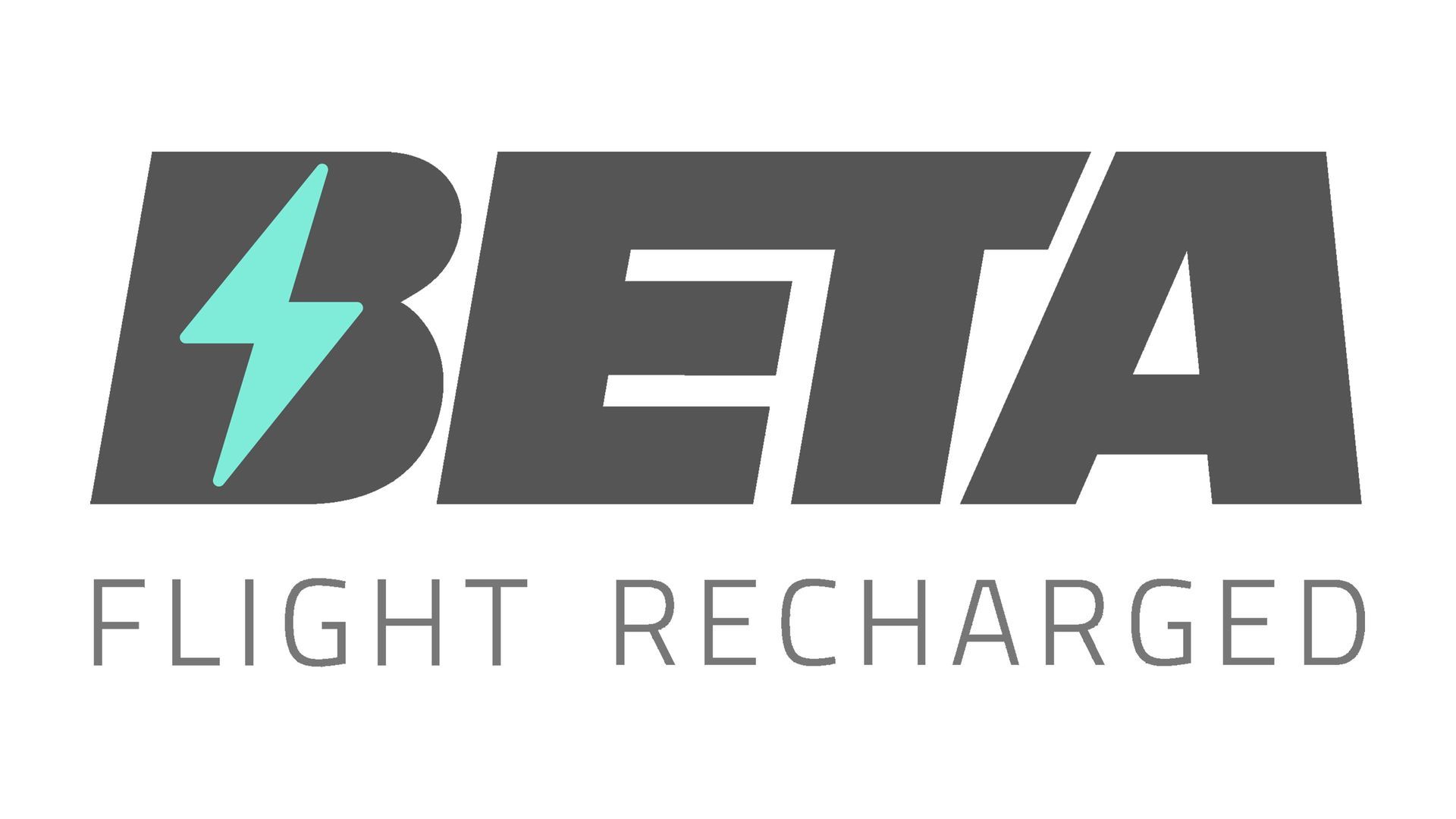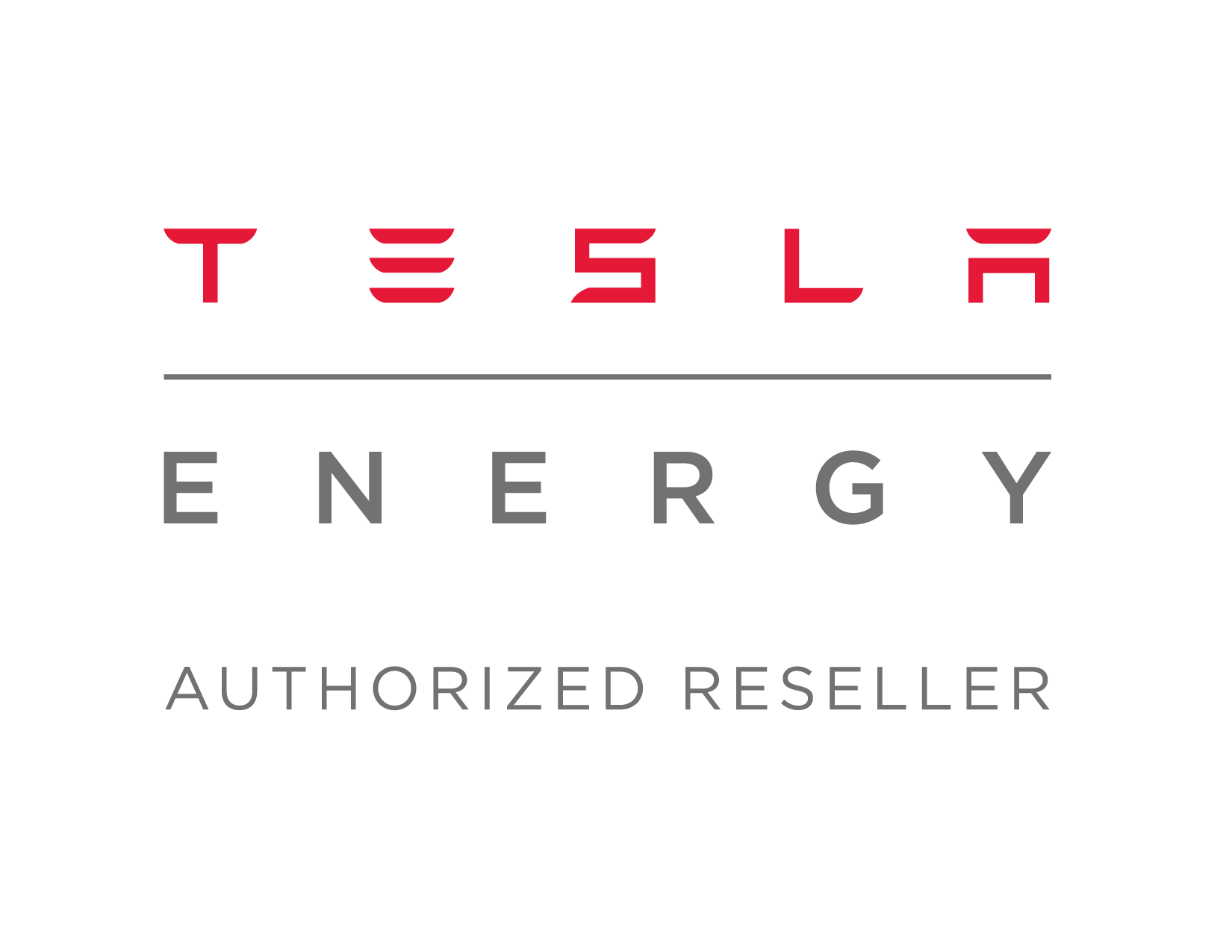ABOUT EV CHARGERS
Whether you have an Electric vehicle, are looking to provide resources for EV Drivers, or are considering a business fleet of renewable transportation, there are many factors to consider to ensure your charging stations are appropriate for your needs, and seamlessly integrate with your utility company.
Opting for electric vehicle (EV) charging at your home or business isn't just a smart decision; it's a strategic move towards sustainability and economic savings. The advantages of EV charging extend beyond mere convenience, encompassing significant incentives, cost reductions, and an overall enhancement of your property's value. At Apex Energy Tek, we guide you through selecting the ideal charger to fit your unique needs, ensuring you're equipped with the knowledge to make an informed decision, embracing electric mobility represents a forward-thinking choice, aligning with the future of transportation.
EV Benefits
Financial Benefits: Electric vehicles are less costly to fuel. On average, to charge an electric vehicle for the year costs 1/3 of what it costs to fuel a gas or diesel vehicle. Additionally, electric vehicles are cheaper to maintain. They have fewer moving parts than conventional vehicles, which means there is less to replace and maintain.
Environmental Benefits: Electric vehicles emit zero exhaust emissions, which are big contributors to pollution. Also, electric vehicles are being made with more eco-friendly materials. Many of them use recycled plastics and bio-based materials for the padding and bodywork of the vehicle.
Fun to Drive: Electric vehicles, on average, have more torque and a faster response time than their gas and diesel counterparts. This means that you can get up to speed faster and leave the conventional cars in the dust. Another reason they are fun to drive is because of how safe they are. Electric vehicles tend to have a lower center of gravity which makes them less likely to roll and they have numerous safety features.
TYPES OF EV CHARGERS
LEVEL 1 CHARGING: is generally what comes with an electric vehicle, and simply plugs into a regular household outlet. It only uses 120 volts, and is the lowest level of charging for EVs, adding a few miles of range for every hour the car is plugged in. In a general sense, this type of charging is most useful for longer term EV parking, or maintaining a battery charger in storage.
LEVEL 2 CHARGING: This has become the common standard for practicality for both residential and commercial charging applications. A Level 2 charger uses 240 volts and can charge 20 times faster than a basic level 1 connection. Ranging in power from 6KW to 19KW, a level 2 charger will add 20 to 50 miles of range to an EV each hour it is plugged in.
RESIDENTIAL
- Residential Level 2 Chargers are generally installed on a circuit similar to the one that powered a stove or dryer. These chargers can be monitored from a phone app, and installed in a garage or outside a home in the driveway.
COMMERCIAL
- Commercial Level 2 chargers serve a wide variety of uses. For businesses, a level 2 charger can be set up to offer charging to the general public, and collect fees from drivers to account for the energy they draw to charge their vehicle. These smart chargers can also manage electrical loads at a property, and limit access for business fleet use, or private resident use in apartment or condo complexes
DC Fast Charging Level 3 and level 4
These represent the pinnacle of electric vehicle (EV) charging technology, offering accelerated charging solutions for mainly commercial applications. While Level 2 chargers serve as a robust solution for daily or overnight charging needs, DCFC chargers delivery more power in a shorter period of time, decreasing charging times significantly. Level 3 Chargers are capable of boosting an EV's battery charge from near depletion to 80% in as fast as 20 minutes. This rapid charging ability makes them an ideal solution for bus garages, highway rest stops, and urban charging stations where quick turnaround times are essential. Level 4 Chargers, are even higher powered than level 3 chargers, but are only applicable in very specific use cases where extremely large batteries require a fast charging turnaround time like for heavy equipment operation or Tesla's (in development) electric semi-trucks.
DCFCs operate by delivering a high-power direct current (DC) directly to the EV's battery, bypassing the vehicle's onboard charger to achieve faster charging speeds. It's worth noting that the charging efficiency for both types of chargers diminishes as the battery's charge level approaches full capacity. Initially, these chargers replenish battery life rapidly until reaching the 50% threshold. Beyond this point, the charging rate begins to decelerate, with a more noticeable reduction as the charge level approaches 80%. This tapering effect is designed to protect the battery's health and longevity, ensuring optimal performance over time.
In the right type of deployment, a DCFC can be a significant revenue generator for a business, or an asset to a mobile electric fleet that needs to be able to keep their vehicles on the road and reduce down-time. With these increased levels of power however, also come increased costs for both installation and operation. Apex Energy Tek works with all our customers to ensure that the requirements for these units are understood, and that they make sense for the project scope as the ideal solution.
INCENTIVES
Residential Incentives: There are federal and state incentives available to help offset the costs and encourage the purchase of an electric vehicle. Through the Federal Government, you can receive up to $7,500 in the form of a tax credit for purchasing an electric or hybrid vehicle. All hybrid and electric vehicles have their own tax incentive values. Furthermore, each state has their own tax incentives available for purchasing a hybrid or fully electric vehicle. You can save a large portion on the cost of a hybrid or electric vehicle through both state and federal tax incentives.
Commercial Incentives: There are numerous incentives available to help with the costs of installing EV chargers at your business. They vary by state and many of the state programs will cover at least 50% of the cost of the EV chargers. To find out more about what incentives are available in your state, reach out to us today. We are happy to go over how much you can save!
Utility Incentives:
Most utility companies have "Make-Ready" programs that to help facilitate the installation of EV chargers in their service territory for business and commercial customers. These incentive programs usually cover 90%-100% of the costs to install new commercial EV charging stations. This includes electrical service upgrades, wire, conduit, and other electrical infrastructure that may be needed to install anywhere from 2 to 40 charging ports at a location. These programs represent one of the best opportunities to upgrade your electrical service and prepare for the future growth of electric vehicles at a very low cost for the property owner or municipality.
STATION VISIBILITY
With more Charging stations being installed every day, its important that EV drivers are able to find chargers in the areas that that are travelling to, and for commercial station owners to ensure that their stations are visible and easy for drivers to find and use.
Apps to Locate Chargers
ChargeHub: ChargeHub’s interactive map has EV charging stations in both the United States and Canada. The map is easy to use and it has a trip feature to help you find EV charging stations along any route that you take. You can filter the map based on the type of charger, open 24/7, free stations, hotel stations, network, and type of connector.
ChargePoint: ChargePoint offers an interactive map that shows all their EV charging stations and other EV charging options as well. With their map you can filter for availability, price, connector type, and network. You can also create a login so you can save and keep track of EV charging stations that you have used or plan on utilizing. Lastly, you can sort charging stations by their distance from you.
Google Maps: Google Maps has an option for you to search for EV charging stations. You can identify them by the red marker with a white charging station inside of it. It will notate how many chargers there are and some indicate cost. The best part about it is that you can use street view to see where the charging station is located.
Open Charge Map: Open Charge Map shows EV charging stations in both the United States and globally. You can filter your options by network/operator, usage, status, and connection types. You can also use it to plan a trip and find all the EV charging stations along the route. When you click on a station you can check in, add photos, and save it. It will also show you the address, network/operator, equipment details, and the data provider for it.
PlugShare: PlugShare is the “leading app for EV drivers” as it has been referred to as a community for EV drivers and is able to guide them to charging stations around the world. Their interactive map is easy to use and allows you to filter by region, plug type, network, payment required, restricted locations, residential locations, and availability. You can also add a station, plan a trip, and view your recent activity.
Tesla: This app is a must for all Tesla drivers. The map allows you to filter by the type of location that you would like to charge at. The options are stores and galleries, service centers, superchargers, and destination charging. When you are charging, your Tesla app will notify you when your car is ready to go. Lastly, they have the option to plan a trip and map the EV chargers along the way.
Do you have more questions about EV charging? Are you ready to install and EV charger at your home or business? Reach out to us today and we will be happy to answer your questions and get you started on your EV project!
Proud to work with
"Our Solar Panels were installed in 1 day, quick and trouble free. The salesman, sight manager and installers were very professional and great to work with. They answered all our questions promptly and thoroughly. We can monitor our solar production on our computer or I phone. The panels look great on our roof. We are very happy we went with Apex for our solar needs." - Cheryl French // Queensbury, NY
©Apex Energy Tek 2025 Terms of Use & Privacy Policy | Accessibility | Sitemap
